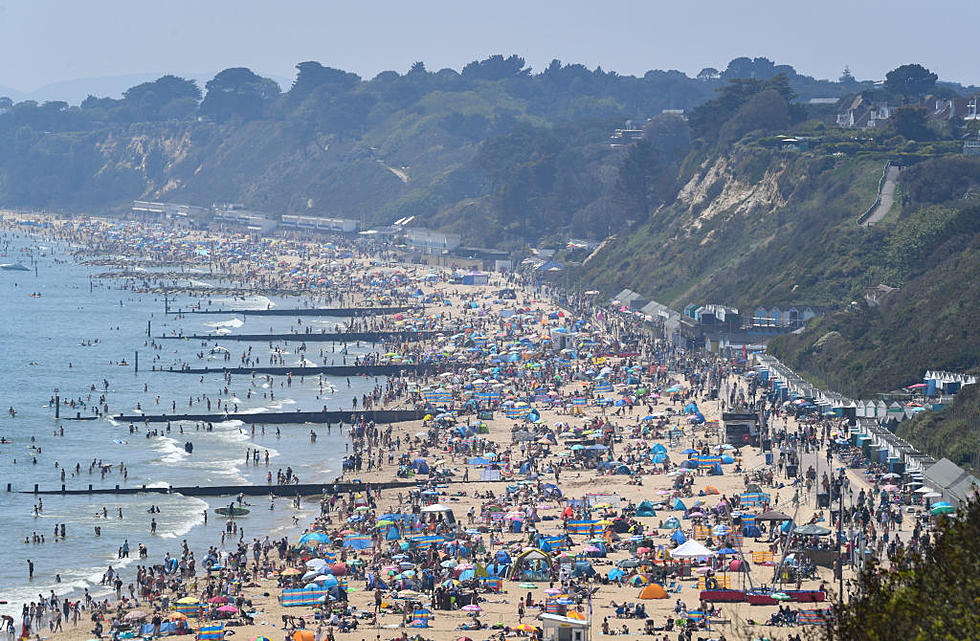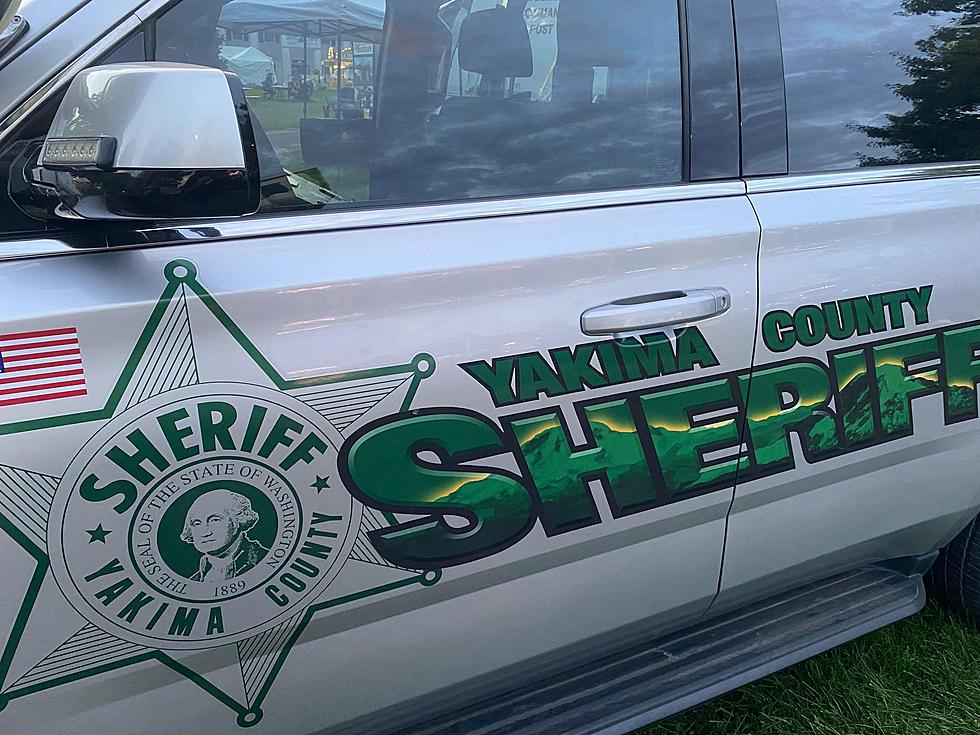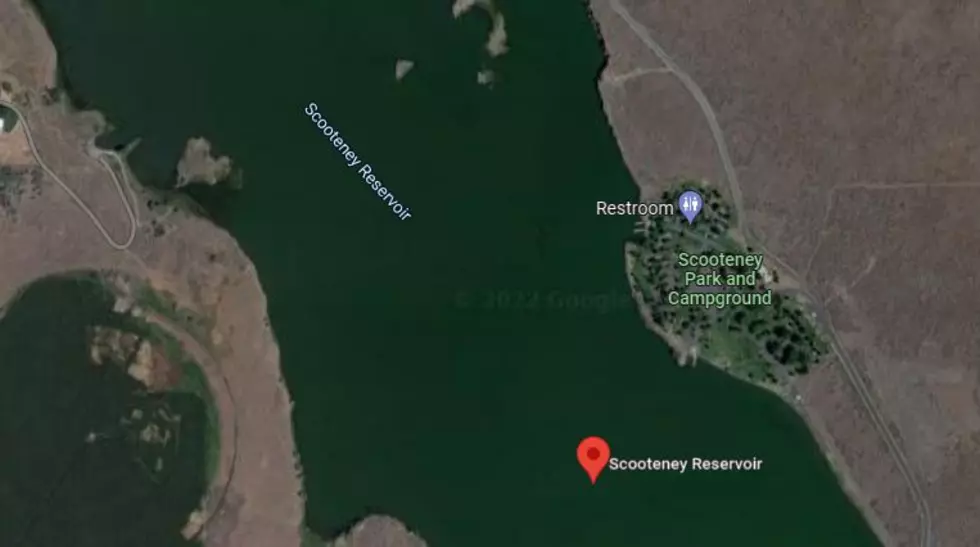
Heat Exhaustion vs. Heat Stroke–How To Know The Difference
Not just because we're going into a stretch where at least one or multiple single-day temperature records could be shattered in the Tri-Cities or Columbia Basin, but in general these are things we need to know.
The Mid-Columbia is well known for our dry (usually!) heat, and some pride themselves in being 'tough enough' to withstand it. But that's not always a good thing.

The Sunnyside Police Department, and others, have shared some important information about what exactly are Heat Exhaustion, Heat Stroke, how they are different, and how they should be treated. Many do not know you don't react the same way if a person has either.
Heat Exhaustion is marked by the following characteristics:
- Faint or dizzy feeling
- Excessive sweating--pouring out of a person--soaked
- cool, pale, or clammy skin on the victim
- nausea or vomiting
- rapid or fast but weak pulse
- muscle cramps
Heat Stroke is accompanied by the following symptoms:
- Throbbing headache and confusion
- NO sweating
- the temperature of person 103 degrees or higher
- red, hot dry skin
- nausea or vomiting
- rapid strong pulse
- a person can pass out (lose consciousness)
NOTE the sweating, skin temperature and pulse factors are completely opposite with the two conditions. While BOTH are serious, usually heat stroke is considered more serious, especially due to the victim's temperature and loss of consciousness. Often heat exhaustion left untreated can lead to heatstroke.
How to treat the two:
Heat Exhaustion. If you suspect someone has these symptoms:
- Get them to a cooler, shaded, air conditioned area
- Give them water, small amounts, let them drink without making them 'sick' by amounts. But keep the water going
- Use cold compresses or if possible, a cold shower
Heat Stroke. If those symptoms are present:
- CALL 9-1-1 immediately
- Move them to a cooler shaded area
- use cool cloths or if possible place in cool bath
- DO NOT give them water or anything to drink. That's why you call 9-1-1. Medical personnel will often give them an IV with fluids to help them.
It's important to know the signs of both, identify them, and if they happen know what to do. The EPA estimates at around 1,300 people die each year in the U.S. from these kinds of heat-related situations.
KEEP READING: See 25 natural ways to boost your immune system
LOOK: The most expensive weather and climate disasters in recent decades
More From 97.1 KXRX









